There are numerous laws, regulations, rules, and standards regarding special equipment, and they are updated frequently. During safety inspections and guidance at hazardous chemical enterprises, I found that many companies’ management systems for special equipment referenced obsolete documents, and many safety management personnel for special equipment were unaware of the latest applicable documents for various categories of special equipment, causing significant confusion for personnel using special equipment.
To address the aforementioned issues, I have organized the laws, regulations, rules, and standards closely related to the use of special equipment and summarized several key questions regarding special equipment laws, regulations, rules, and standards that must be known. The following is shared in a Q&A format.

1. What are the latest applicable and commonly used laws, regulations, and standards for special equipment users?
(1) “Special Equipment Safety Law of the People’s Republic of China” (Presidential Order No. 4 of the People’s Republic of China)
(2) “Regulations on Safety Supervision of Special Equipment” (State Council Order No. 549)
(3) “Decision of the General Administration of Quality Supervision, Inspection and Quarantine on Amending the
(4) “Announcement of the AQSIQ on Revising the
(5) “Announcement of the State Administration for Market Regulation on Matters Related to Administrative Licensing of Special Equipment” (2021 No. 41)
(6) “Regulations on the Supervision and Management of the Implementation of Safety Responsibilities by Special Equipment Users” (Promulgated by the State Administration for Market Regulation on April 4, 2023, Order No. 74, effective from May 5, 2023)
(7) “Rules for the Use of Special Equipment” (TSG08-2017)
(8) “Rules for the Assessment of Special Equipment Operators” (TSGZ6001-2019)
(9) “Safety Technical Regulations for Boilers” (TSG11-2020)
(10) “Safety Technical Supervision Regulations for Fixed Pressure Vessels” (TSG21-2016)
(11) “Safety Technical Supervision Regulations for Mobile Pressure Vessels” (TSGR0005-2011)
(12) “Safety Technical Regulations for Gas Cylinders” (TSG23-2021)
(13) “Safety Technical Supervision Regulations for Pressure Pipelines – Industrial Pipelines” (TSGD0001-2009)
(14) “Rules for Periodic Inspection of Pressure Pipelines – Industrial Pipelines” (TSGD7005-2018)
(15) “Supervision and Inspection Rules for Pressure Pipelines” (TSGD7006-2020)
(16) “Rules for Self-Inspection of Elevators” (TSGT7008-2023)
(17) “Rules for Supervision and Inspection and Periodic Inspection of Elevators” (TSGT7001-2023)
(18) “Safety Technical Regulations for Lifting Machinery” (TSG51-2023)
(19) “Safety Technical Regulations for Special Motor Vehicles in the Field (Factory)” (TSG81-2022)
(20) “Safety Technical Supervision Regulations for Safety Valves” (TSGZF001-2006)
(21) “Safety Technical Supervision Regulations for Rupture Disc Devices” (TSGZF003-2011)
2. When does the “Safety Technical Regulations for Lifting Machinery” (TSG51-2023) take effect?
What regulations are simultaneously repealed?
The “Safety Technical Regulations for Lifting Machinery” (TSG51-2023) was published on May 23, 2023, and will take effect on January 1, 2024. From the date of implementation of this regulation, the following safety technical regulations and normative documents will be simultaneously repealed.
(1) “Safety Technical Supervision Regulations for Lifting Machinery – Bridge Cranes” (TSGQ0002-2008);
(2) “Rules for Type Testing of Lifting Machinery” (TSGQ7002-2019);
(3) “Periodic Inspection Rules for Lifting Machinery” (TSGQ7015-2016);
(4) “Supervision and Inspection Rules for Installation, Modification, and Major Repair of Lifting Machinery” (TSGQ7016-2016, including Amendment No. 1);
(5) “Notice from the Special Equipment Bureau of the State Administration for Market Regulation on Clarifying the Definitions of Relevant Terms for Lifting Machinery” (Special Equipment Bureau Letter [2020] No. 47).
As mentioned earlier, strictly speaking, the “Safety Technical Regulations for Lifting Machinery” (TSG51-2023) has not yet officially come into effect, and the official repeal date of the five documents is synchronized with its implementation date.
3. What safety technical regulations have been repealed in recent years?
(1) The “Safety Technical Supervision Regulations for Fixed Pressure Vessels” (TSG21-2016) took effect on October 1, 2016, and simultaneously repealed the following seven regulations.
1) “Safety Technical Supervision Regulations for Non-Metallic Pressure Vessels” (TSGR0001-2004);
2) “Safety Technical Supervision Regulations for Fixed Pressure Vessels” (TSGR0004-2009);
3) “Safety Technical Supervision Regulations for Simple Pressure Vessels” (TSGR0003-2007);
4) “Safety Technical Supervision Regulations for Ultra-High Pressure Vessels” (TSGR0002-2005);
5) “Periodic Inspection Rules for Pressure Vessels” (TSGR7001-2013);
6) “Rules for the Management of Pressure Vessels” (TSGR5002-2013);
7) “Supervision and Inspection Rules for Pressure Vessels” (TSR7004-2013).
(2) The “Rules for the Management of Special Equipment” (TSG08-2017) took effect on August 1, 2017, and simultaneously repealed the following six safety technical regulations.
1) “Rules for the Registration and Management of Gas Cylinder Use” (TSGR5001-2005);
2) “Rules for the Management and Maintenance of Elevators” (TSGT5001-2009);
3) “Rules for the Management of Lifting Machinery” (TSGQ5001-2009);
4) “Rules for the Registration and Management of Pressure Pipeline Use” (TSGD5001-2009);
5) “Rules for the Management of Pressure Vessels” (TSGR5002-2013);
6) “Rules for the Management of Boilers” (TSGG5004-2014).
(3) The “Safety Technical Regulations for Boilers” (TSG11-2020) took effect on June 1, 2020, and simultaneously repealed the following nine regulations.
1) “Safety Technical Supervision Regulations for Boilers” (TSGG0001-2012);
2) “Rules for the Management of Boiler Design Documents” (TSGG1001-2004);
3) “Safety Technical Rules for Fuel (Gas) Burners” (TSGZB001-2008);
4) “Type Testing Rules for Fuel (Gas) Burners” (TSGZB002-2008);
5) “Rules for Chemical Cleaning of Boilers” (TSGG5003-2008);
6) “Rules for the Supervision and Management of Boiler Water (Medium) Treatment” (TSGG5001-2010);
7) “Rules for the Inspection of Boiler Water (Medium) Treatment” (TSGG5002-2010);
8) “Supervision and Inspection Rules for Boilers” (TSGG7001-2015);
9) “Periodic Inspection Rules for Boilers” (TSGG7002-2015).
(4) The “Rules for the Assessment of Special Equipment Operators” (TSGZ6001-2019) was published on May 29, 2019, and simultaneously repealed the following sixteen safety technical regulations and documents.
1) “Rules for the Assessment of Special Equipment Operators” (TSGZ6001-2013, promulgated by the AQSIQ on January 16, 2013, revised in Attachment 2 of the Announcement No. 8 of the State Administration for Market Regulation in 2019);
2) “Outline for the Assessment of Quality Management Personnel for Special Equipment (Trial)” (February 7, 2013, National Quality Supervision Special Letter [2013] No. 84, Attachment 1);
3) “Outline for the Assessment of Safety Management Personnel for Special Equipment (Trial)” (February 7, 2013, National Quality Supervision Special Letter [2013] No. 84, Attachment 2, Amendment No. 1 in 2017);
4) “Outline for the Assessment of Operators of Special Motor Vehicles in the Field (Trial)” (February 7, 2013, National Quality Supervision Special Letter [2013] No. 84, Attachment 3);
5) “Outline for the Assessment of Boiler Safety Management Personnel and Operators” (TSGG6001-2009, promulgated by the AQSIQ on December 29, 2009);
6) “Outline for the Assessment of Boiler Water Treatment Operators” (TSGG6003-2008, promulgated by the AQSIQ on February 21, 2008);
7) “Outline for the Assessment of Safety Management Personnel and Operators of Pressure Vessels” (TSGR6001-2011, promulgated by the AQSIQ on May 10, 2011);
8) “Outline for the Assessment of Maintenance Management Personnel for Medical Oxygen Chambers” (TSGR6002-2006, promulgated by the AQSIQ on April 19, 2006);
9) “Outline for the Assessment of Gas Cylinder Filling Personnel” (TSGR6004-2006, promulgated by the AQSIQ on April 19, 2006);
10) “Outline for the Assessment of Safety Management Personnel and Operators of Elevators” (TSGT6001-2007, promulgated by the AQSIQ on August 8, 2007);
11) “Outline for the Assessment of Safety Management Personnel and Operators of Lifting Machinery” (National Quality Supervision Special [2013] No. 680, effective from March 1, 2014);
12) “Outline for the Assessment of Safety Management Personnel and Operators of Passenger Ropeways” (TSGS6001-2008, promulgated by the AQSIQ on February 21, 2008);
13) “Outline for the Assessment of Safety Management Personnel and Operators of Large Amusement Facilities” (TSGY6001-2008, promulgated by the AQSIQ on February 21, 2008);
14) “Outline for the Assessment of Safety Valve Maintenance Personnel” (TSGZF002-2005, promulgated by the AQSIQ on November 8, 2005);
15) “Outline for the Assessment of Personnel for Pressure Pipeline Pressure Sealing Operations” (TSGR6003-2006, promulgated by the AQSIQ on April 19, 2006);
16) “Outline for the Assessment of Safety Management Personnel and Operators of Pressure Pipelines” (TSGD6001-2006, promulgated by the AQSIQ on April 19, 2006).
4. How is the specific scope of categories and types of special equipment defined?
Many people do not know how to accurately determine special equipment, such as which containers are pressure vessels and which “lifting machinery” belongs to special equipment.
In the basic concepts defined in the “Special Equipment Safety Law of the People’s Republic of China” and the “Regulations on Safety Supervision of Special Equipment”, the “Announcement of the AQSIQ on Revising the
To ensure the standardized and effective implementation of the “Catalog”, in December 2014, the AQSIQ issued opinions on several issues regarding the implementation of the newly revised “Catalog of Special Equipment” (National Quality Supervision Special [2014] No. 679), which included opinions that “if the scope of special equipment specified in safety technical regulations and normative documents is inconsistent with the new catalog, the new catalog shall prevail.”
5. What are the latest and valid regulatory requirements for the qualifications of special equipment operators?
The “Special Equipment Safety Law of the People’s Republic of China” states, “Article 14: Special equipment safety management personnel, testing personnel, and operators shall obtain corresponding qualifications in accordance with national regulations before engaging in relevant work.”
The “Regulations on Safety Supervision of Special Equipment” states, “Article 38: Operators and relevant management personnel of boilers, pressure vessels, elevators, lifting machinery, passenger ropeways, large amusement facilities, and special motor vehicles in the field (hereinafter collectively referred to as special equipment operators) shall pass the assessment by the special equipment safety supervision and management department in accordance with national regulations and obtain the national unified format special operation personnel certificate before engaging in corresponding operations or management work.”
Based on the above laws and regulations, on November 30, 2021, the “Announcement of the State Administration for Market Regulation on Matters Related to Administrative Licensing of Special Equipment” (2021 No. 41) was published, which stipulated the “Classification and Items for Qualification Recognition of Special Equipment Operators” and replaced the “Catalog of Special Equipment Production Unit Licensing” in the “Announcement of the State Administration for Market Regulation on Matters Related to Administrative Licensing of Special Equipment” (2019 No. 3). I compared the two documents, and the specific content has not changed; it has just been reissued along with other documents.
6. What are the latest and valid regulatory requirements for the manufacturing qualifications of special equipment that users need to be aware of?
The “Special Equipment Safety Law of the People’s Republic of China” states, “Article 32: Special equipment users shall use special equipment that has been produced with permission and has passed inspection.”
The “Regulations on Safety Supervision of Special Equipment” states, “Article 24: Special equipment users shall use special equipment that meets the requirements of safety technical regulations.”
Based on the above laws and regulations, the 41st document stipulates the “Catalog of Special Equipment Production Unit Licensing” and clarifies the parameters for manufacturing licenses.
I would like to particularly remind that the following categories (types) of special equipment need to obtain manufacturing licenses: safety valves, emergency shut-off valves, pressure pipeline pipes (seamless steel pipes, welded steel pipes, non-metallic material pipes), pressure pipeline valves (metal valves), pressure pipeline fittings (seamless fittings, welded fittings, forged fittings, polyethylene fittings), compensators (metal bellows expansion joints), flanges (steel forged flanges), and component combination devices that require manufacturing licenses. Among them, “component combination devices that require manufacturing licenses” include: gas pressure regulating devices, temperature and pressure reducing devices, flow meters (housings), and factory-prefabricated pipe sections used in pipelines within the boiler scope and long-distance oil and gas pipelines.
7. What are the regulatory requirements for inspection and testing institutions for special equipment such as safety valve calibration institutions?
The “Special Equipment Safety Law of the People’s Republic of China” states, “Article 50: Special equipment inspection institutions engaged in supervision and inspection and periodic inspection as stipulated in this law, as well as special equipment testing institutions providing testing services for the production, operation, and use of special equipment, shall meet the following conditions and be approved by the department responsible for the safety supervision and management of special equipment before engaging in inspection and testing work: …”
The “Regulations on Safety Supervision of Special Equipment” states, “Article 41: Special equipment inspection and testing institutions engaged in supervision and inspection, periodic inspection, type testing, and providing non-destructive testing services specifically for the production, use, inspection, and testing of special equipment shall be approved by the special equipment safety supervision and management department of the State Council.”
Based on the above laws and regulations, the 41st document specifically published the “Approval Items for Special Equipment Inspection and Testing Institutions”, which includes requirements for “special equipment testing institutions (safety valve calibration)” specifically stipulated as “sub-items implemented by the provincial market supervision departments authorized by the General Administration.”
8. Recently, some enterprises have encountered requirements such as “providing the qualifications of the testing unit for the breathing valve of atmospheric storage tanks” during inspections. Are these requirements compliant with laws and regulations?
The “Opinions of the State Administration for Market Regulation on Further Promoting the Reform of Qualification Recognition of Inspection and Testing Institutions” (National Market Supervision Testing [2019] No. 206) clearly states, “If the law and regulations do not explicitly require the qualification recognition of inspection and testing institutions, there is no need to obtain qualification recognition.”
The “Legislation Law of the People’s Republic of China” (revised in 2015) stipulates the basis for the establishment of administrative licenses. In its Article 80, it states, “The matters stipulated by departmental regulations shall belong to the matters of implementing laws or administrative regulations, decisions, and orders of the State Council. Without the basis of laws or administrative regulations, decisions, and orders of the State Council, departmental regulations shall not establish norms that reduce the rights of citizens, legal persons, and other organizations or increase their obligations, nor shall they increase the powers of this department or reduce its statutory responsibilities.”
9. How should inconsistencies between the “Special Equipment Safety Law of the People’s Republic of China” and the “Regulations on Safety Supervision of Special Equipment” be handled?
According to the reply from the National Market Supervision Administration’s public message area on May 10, 2020, if there are provisions in both the “Special Equipment Safety Law of the People’s Republic of China” and the “Regulations on Safety Supervision of Special Equipment” that are inconsistent, the “Special Equipment Safety Law of the People’s Republic of China” shall prevail; if the “Special Equipment Safety Law of the People’s Republic of China” does not provide for it, but the “Regulations on Safety Supervision of Special Equipment” does, the provisions of the “Regulations on Safety Supervision of Special Equipment” shall apply.
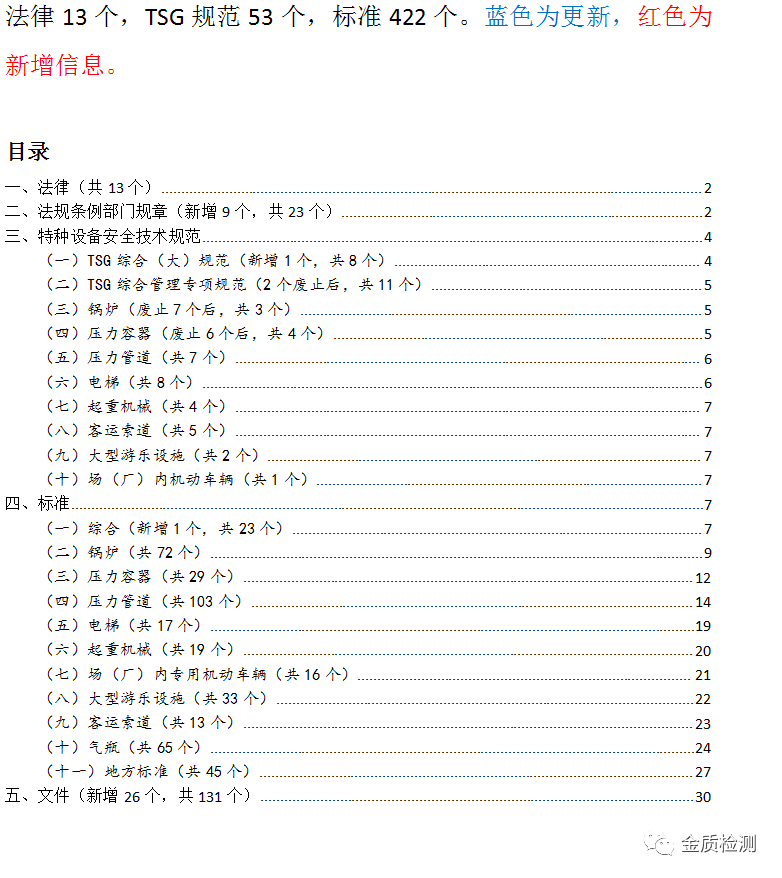
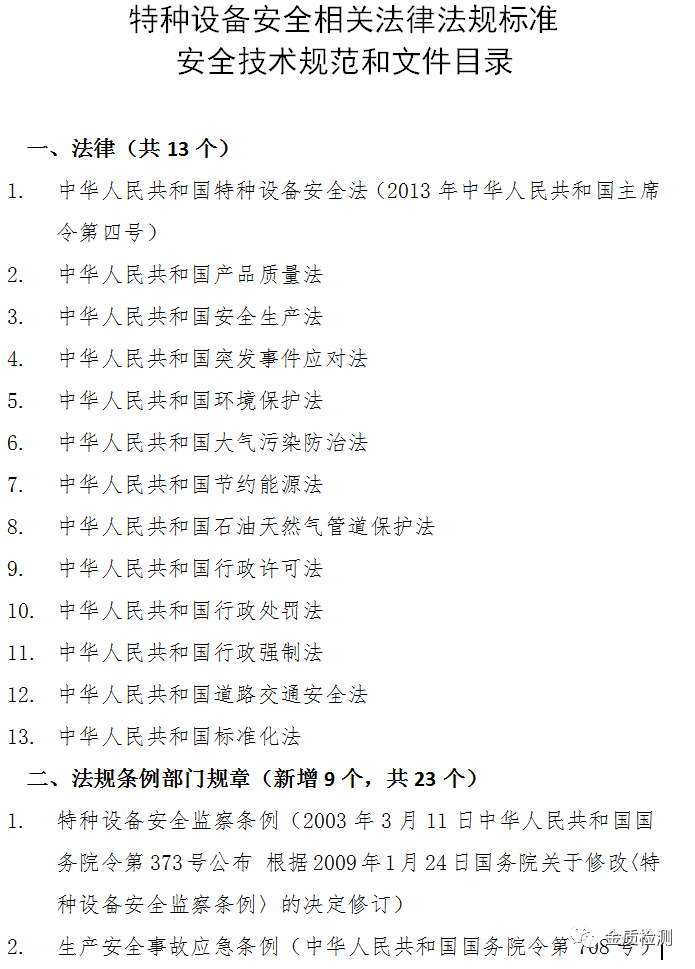
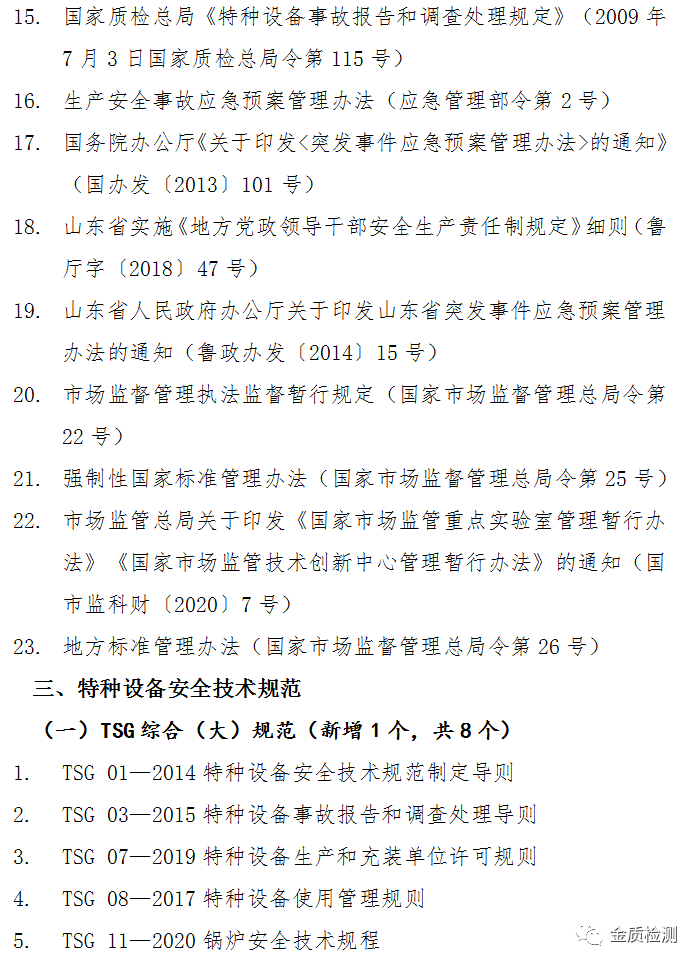
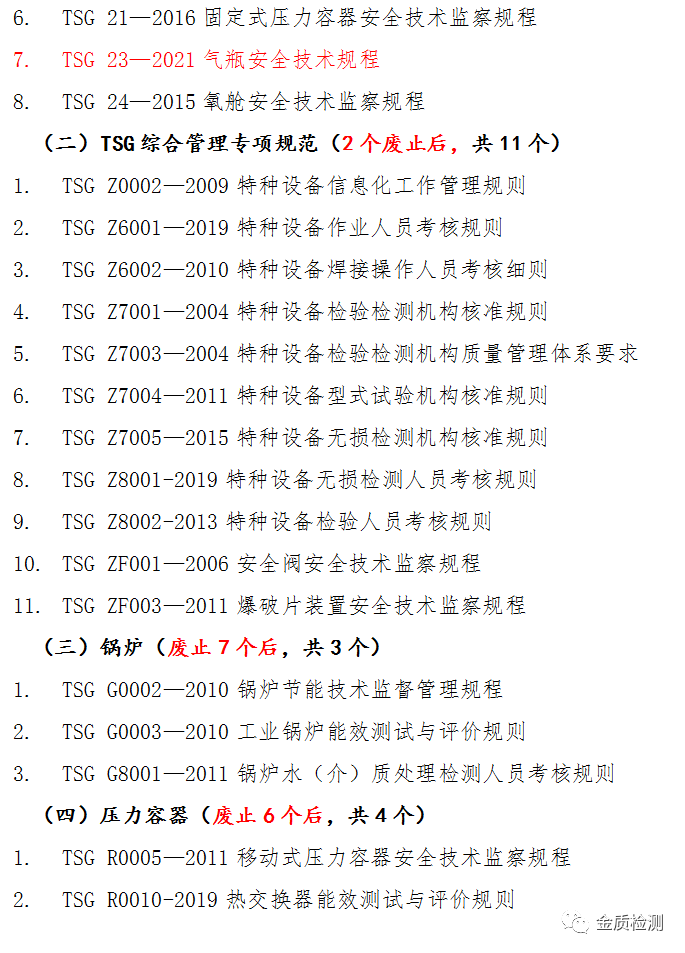
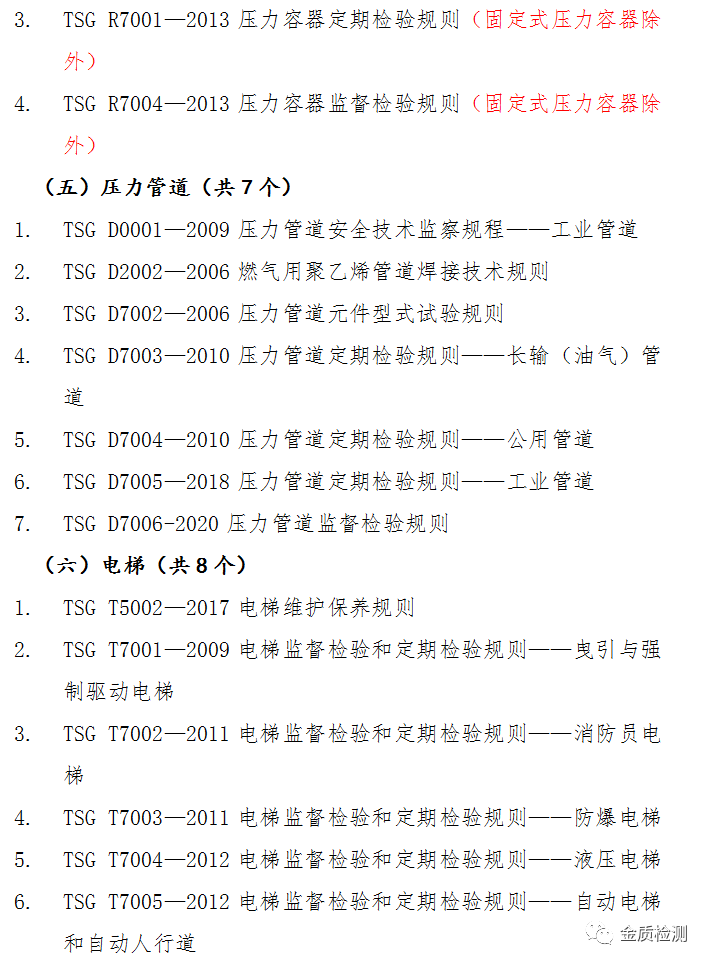
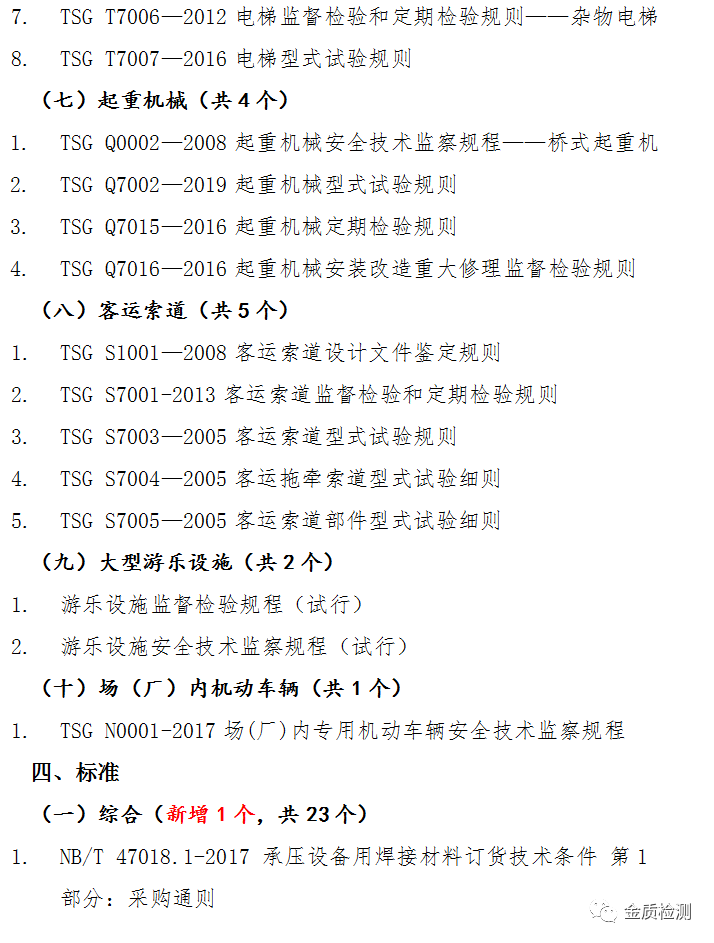
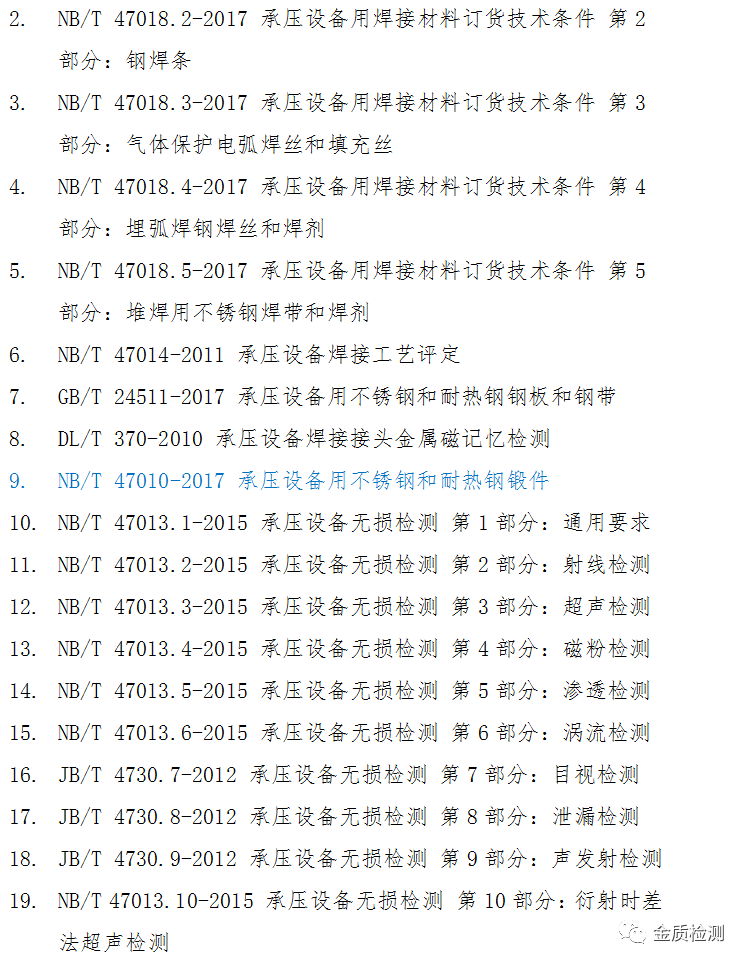
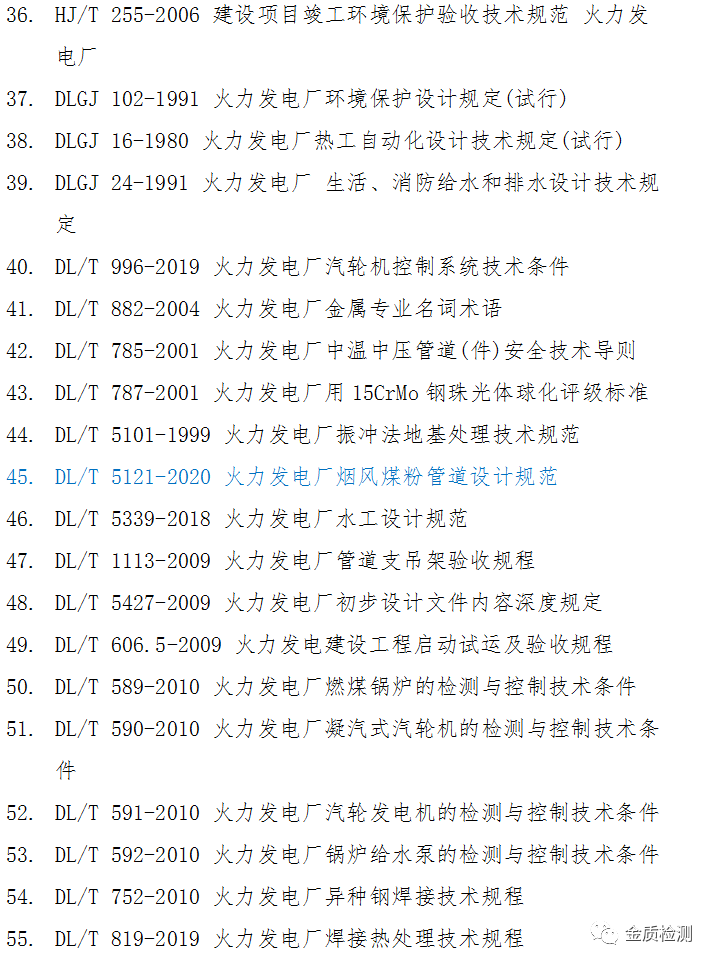
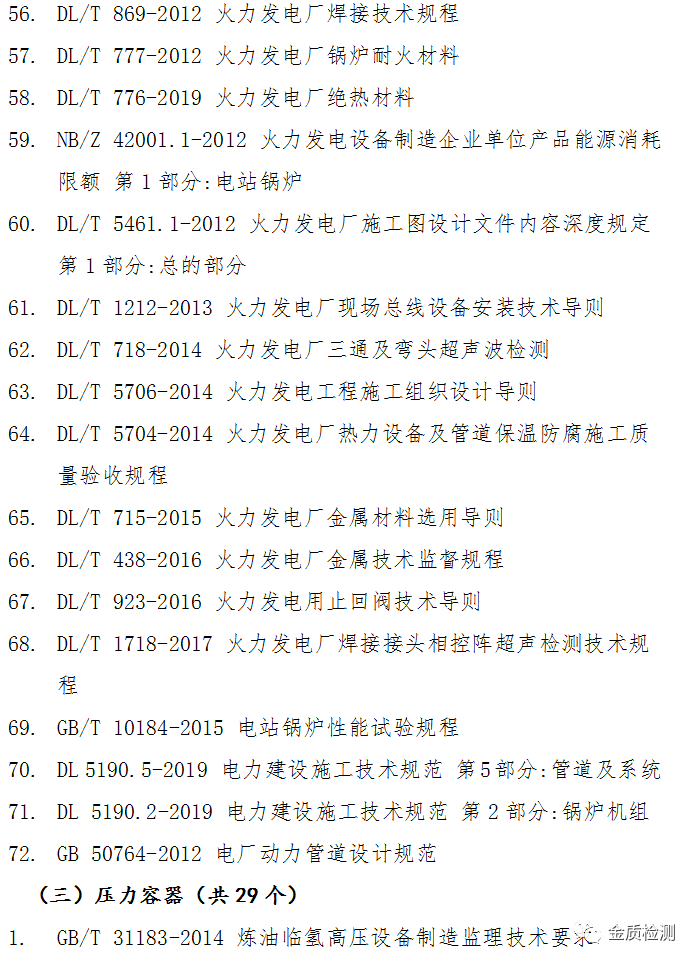
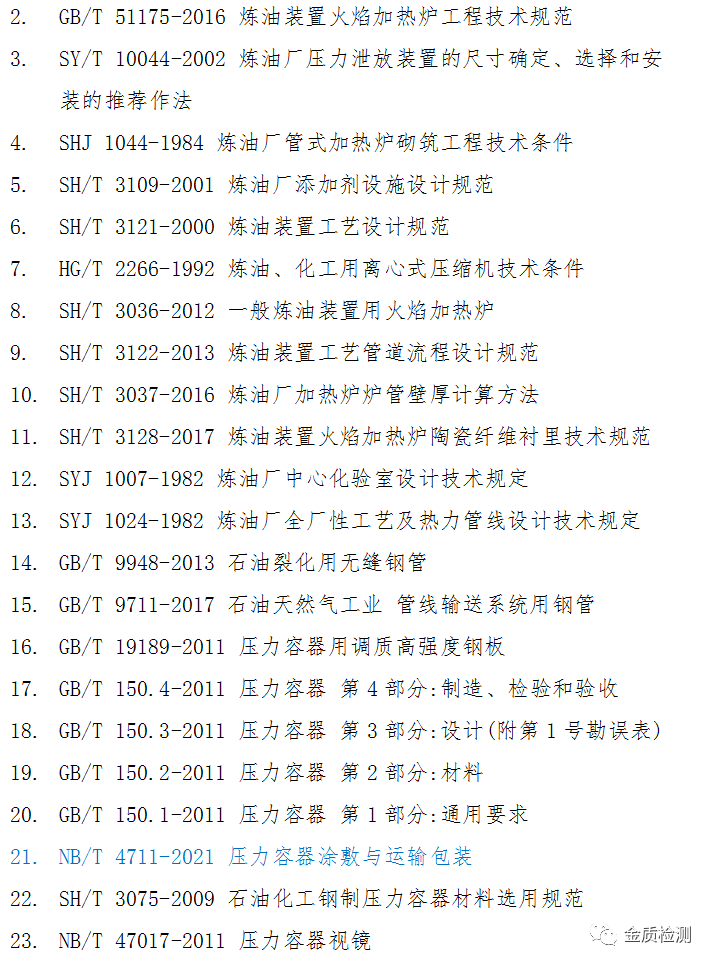
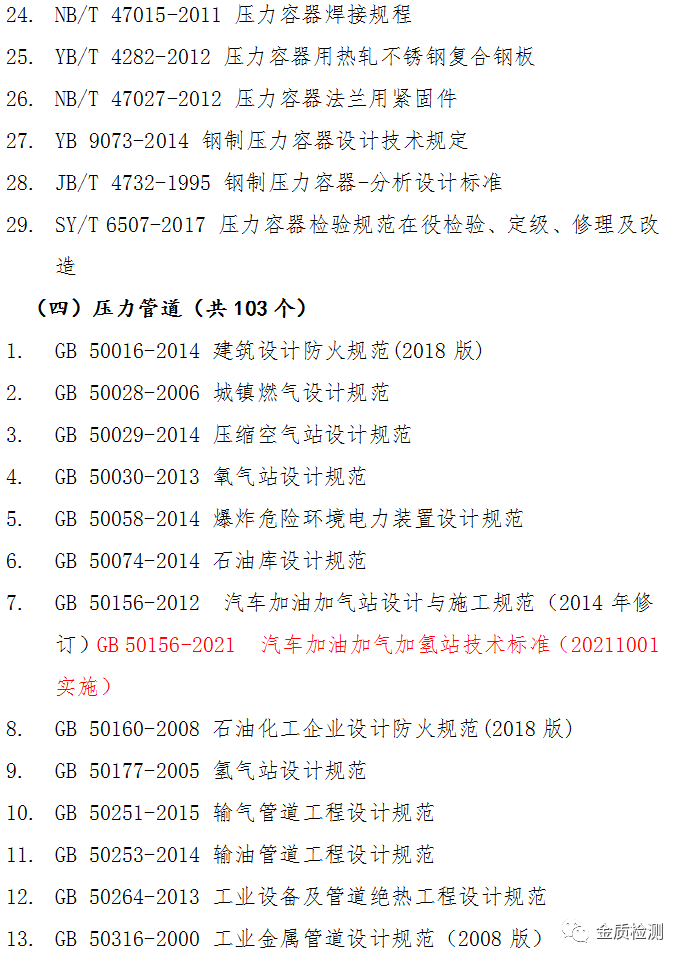
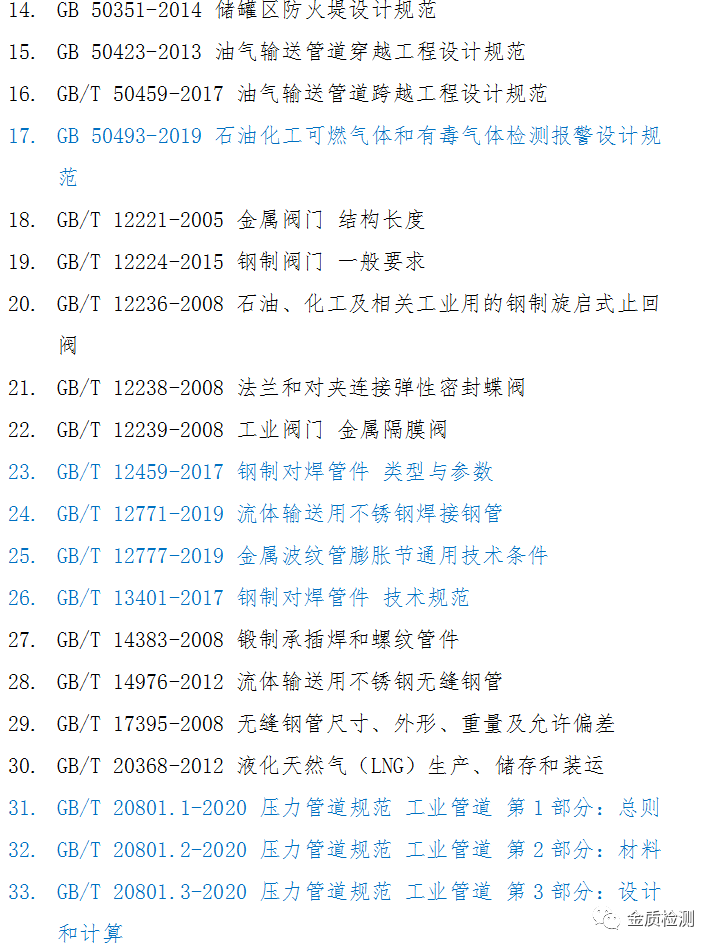
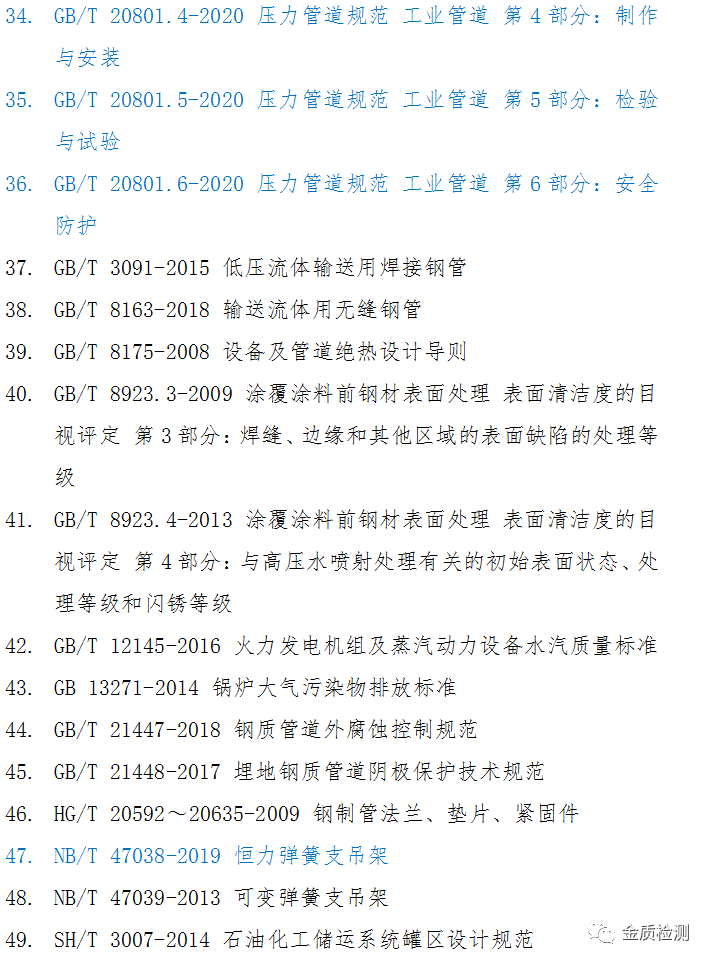
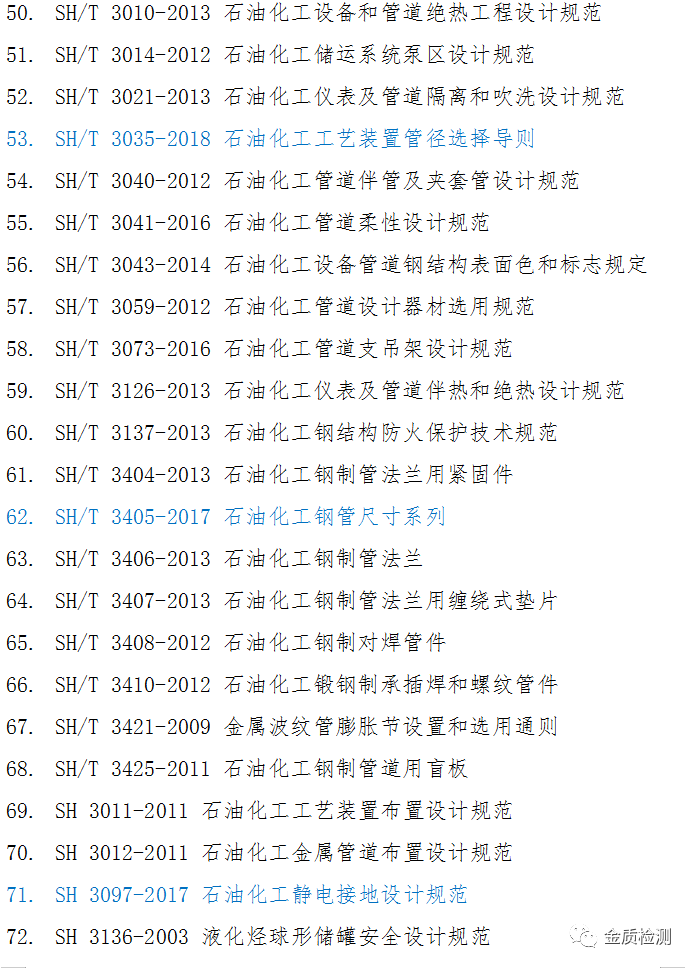
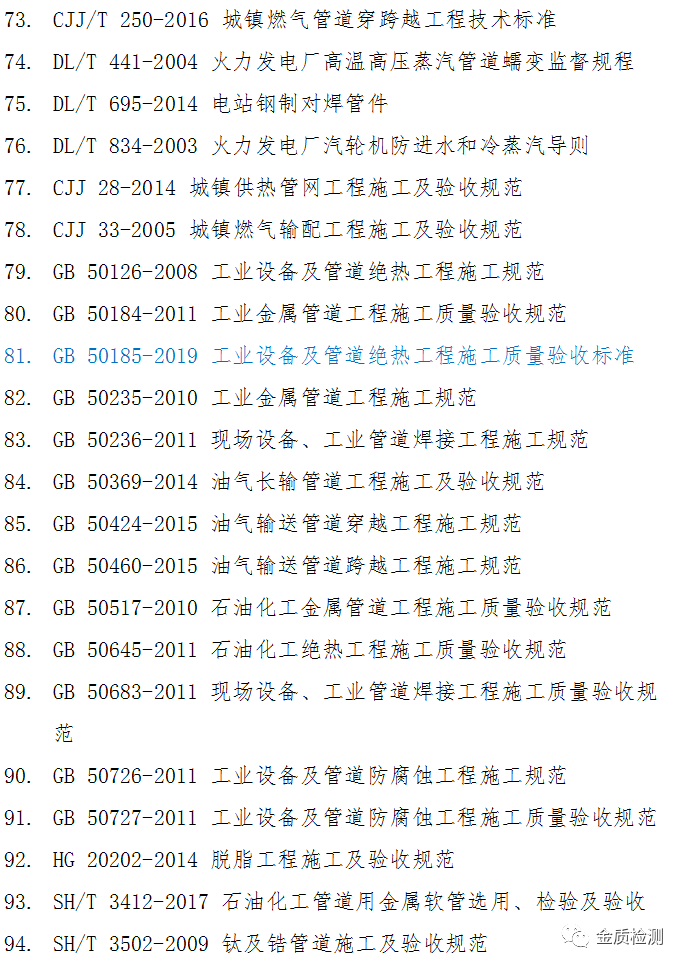
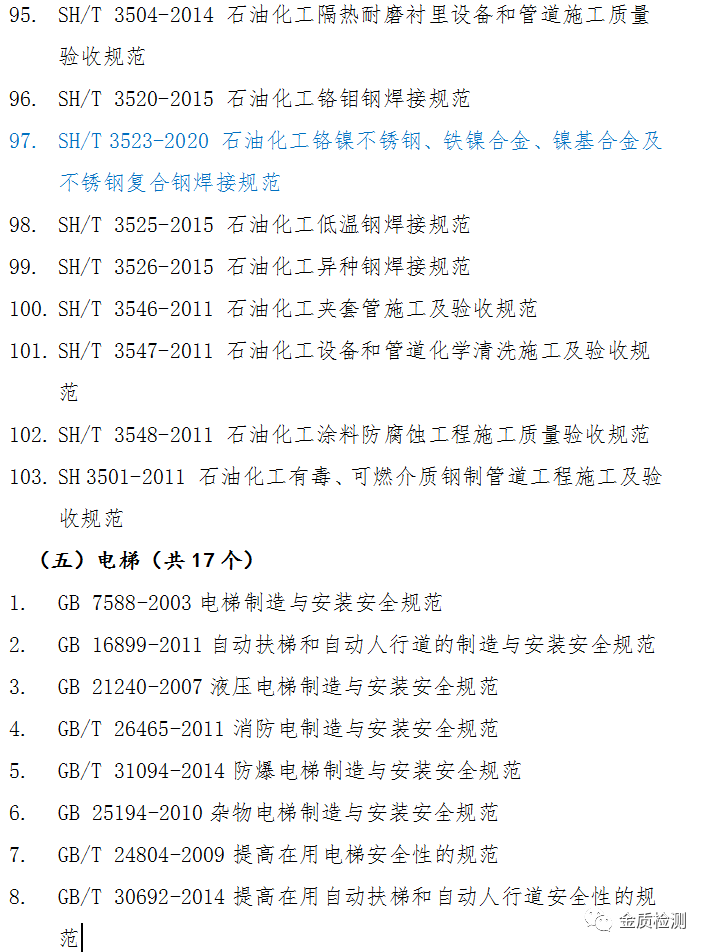
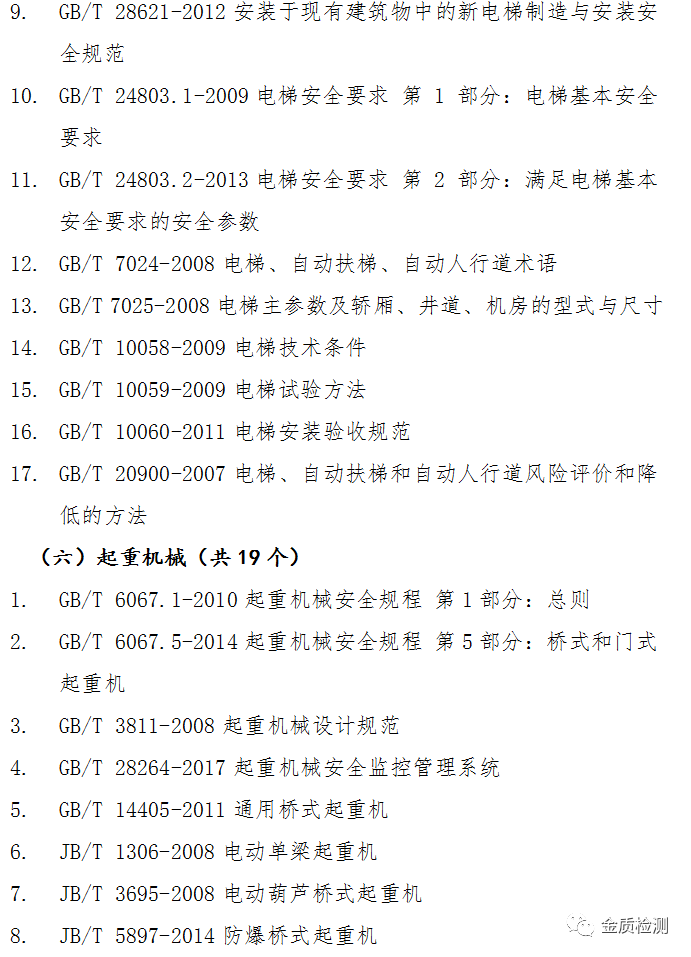
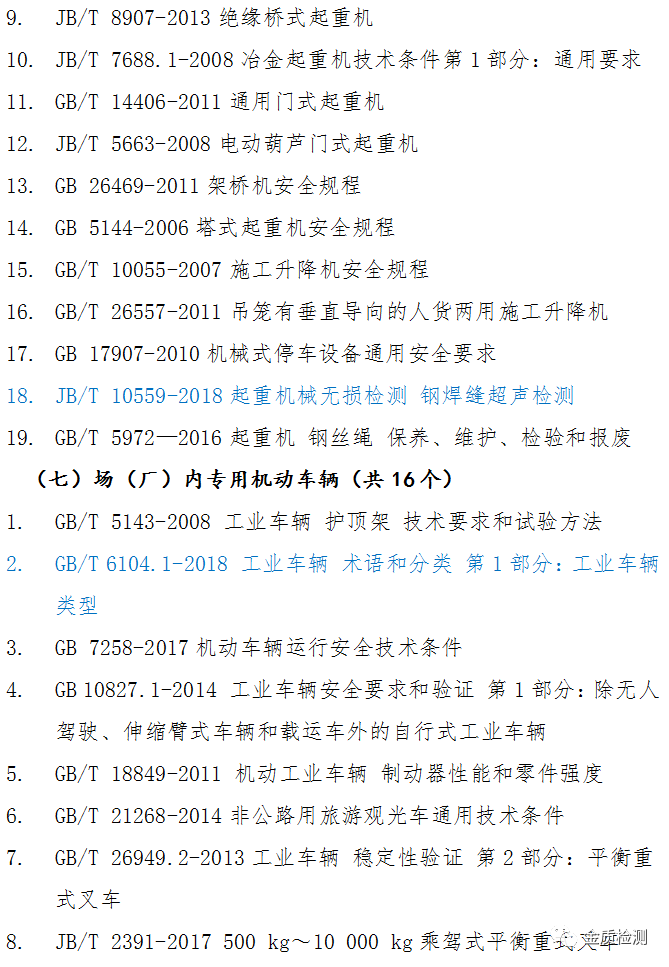
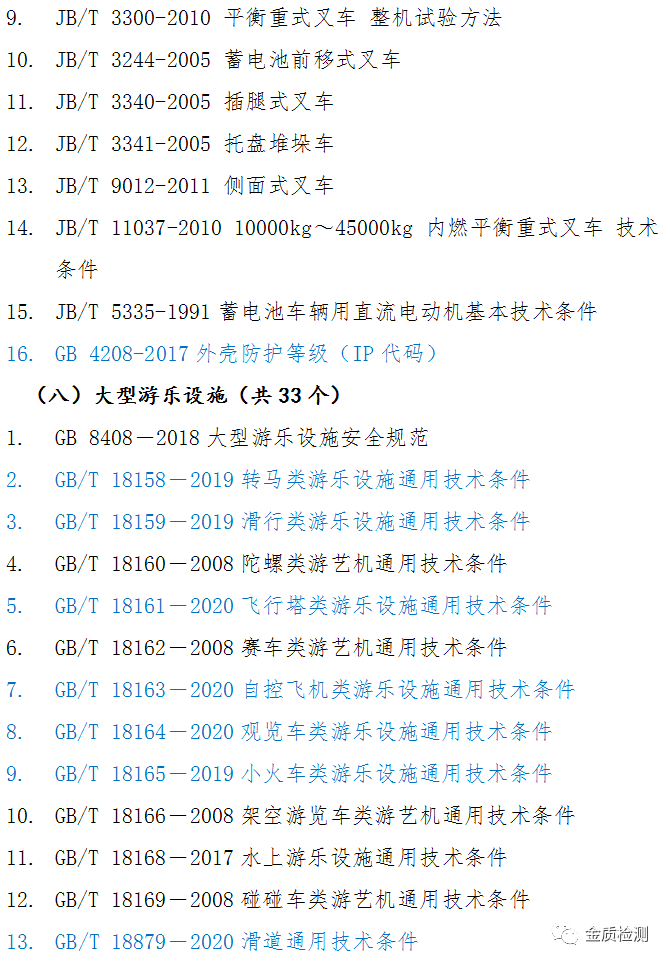
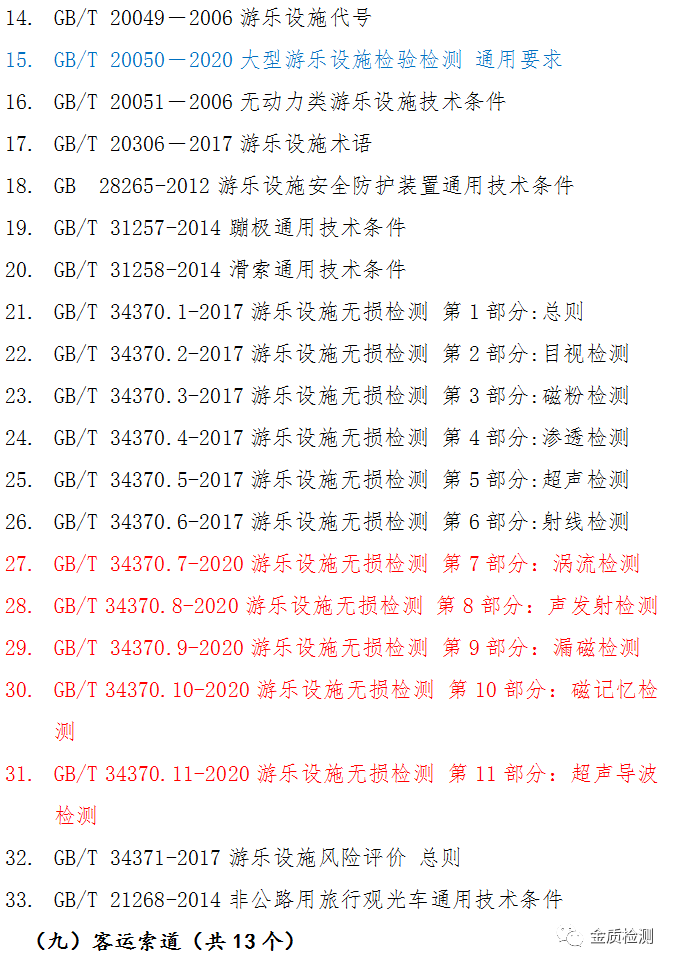
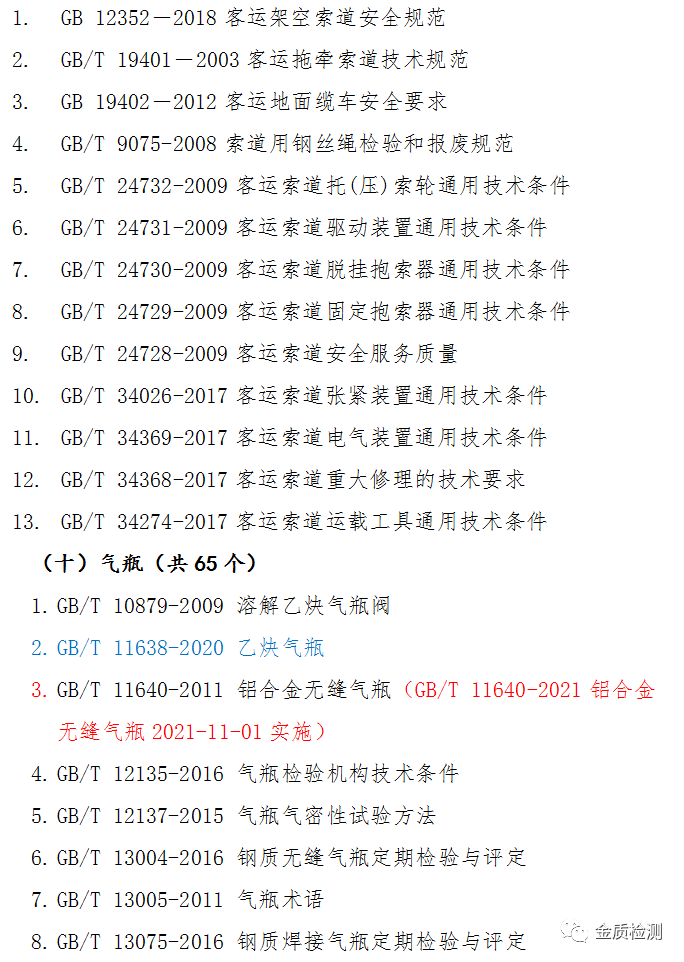
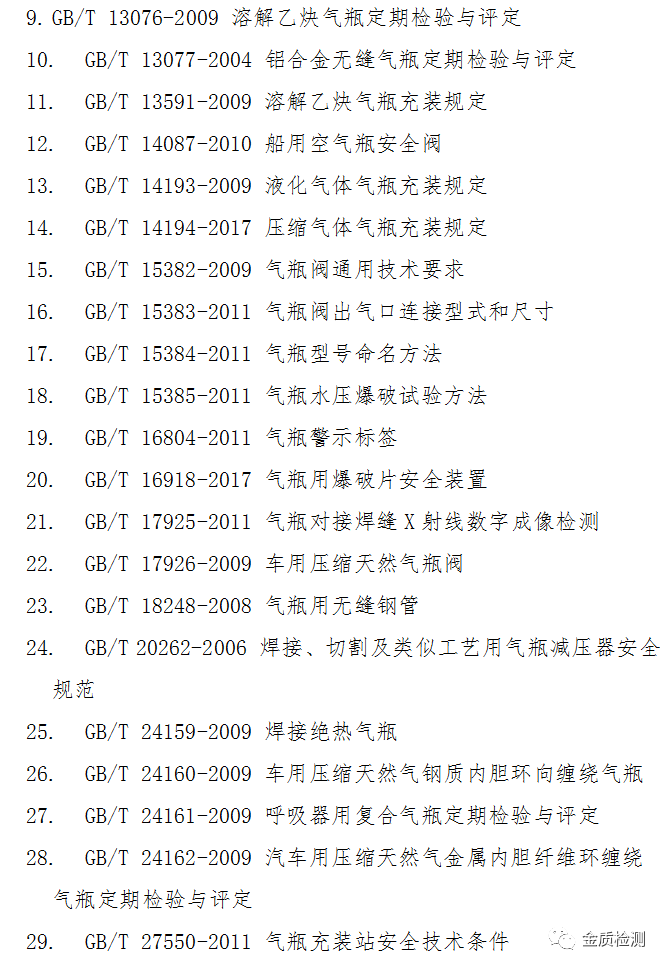
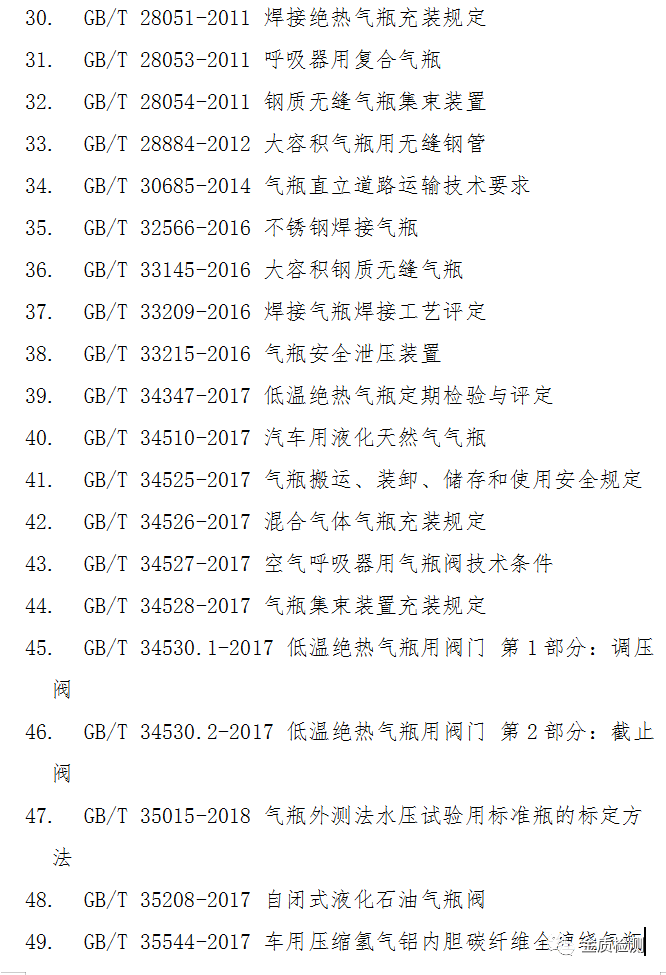
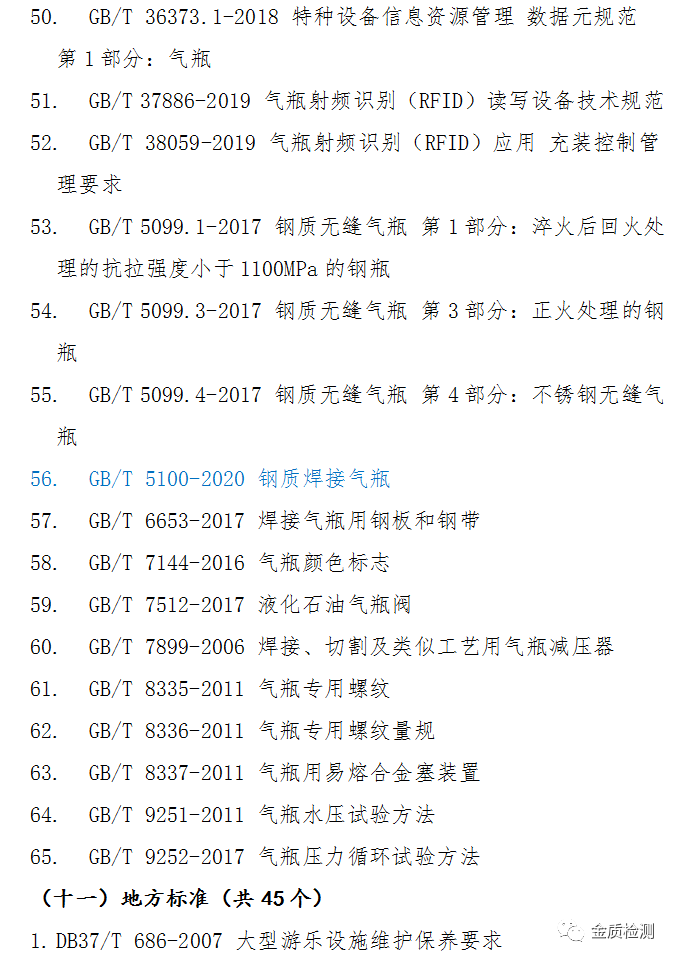
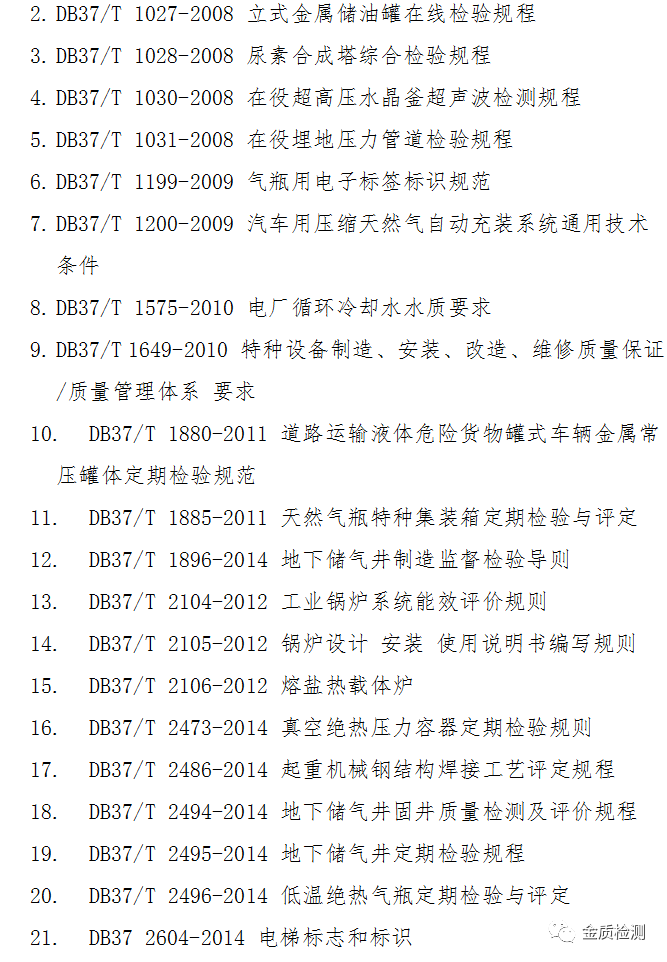
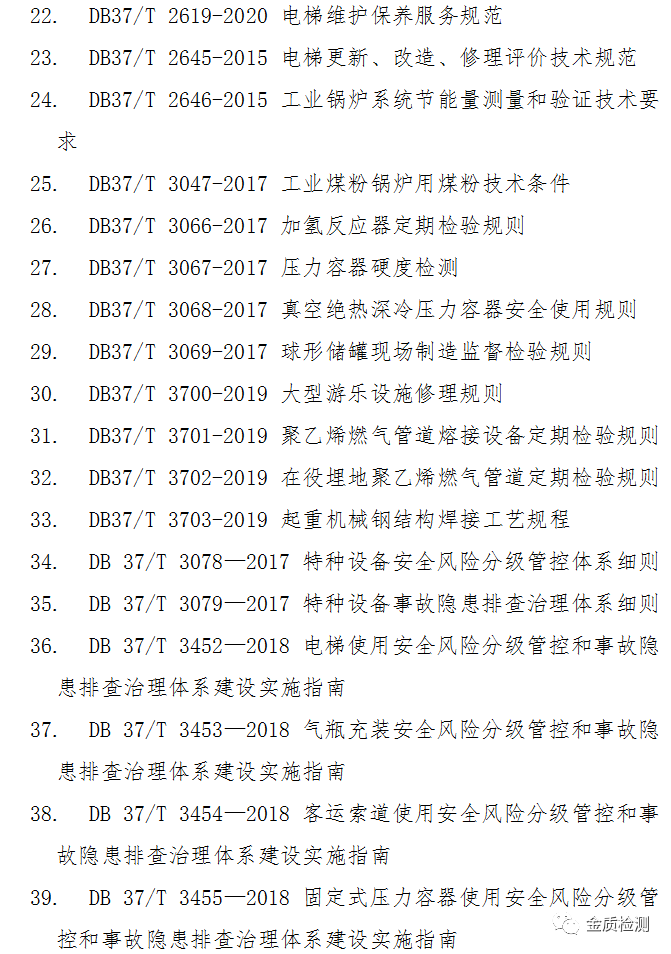
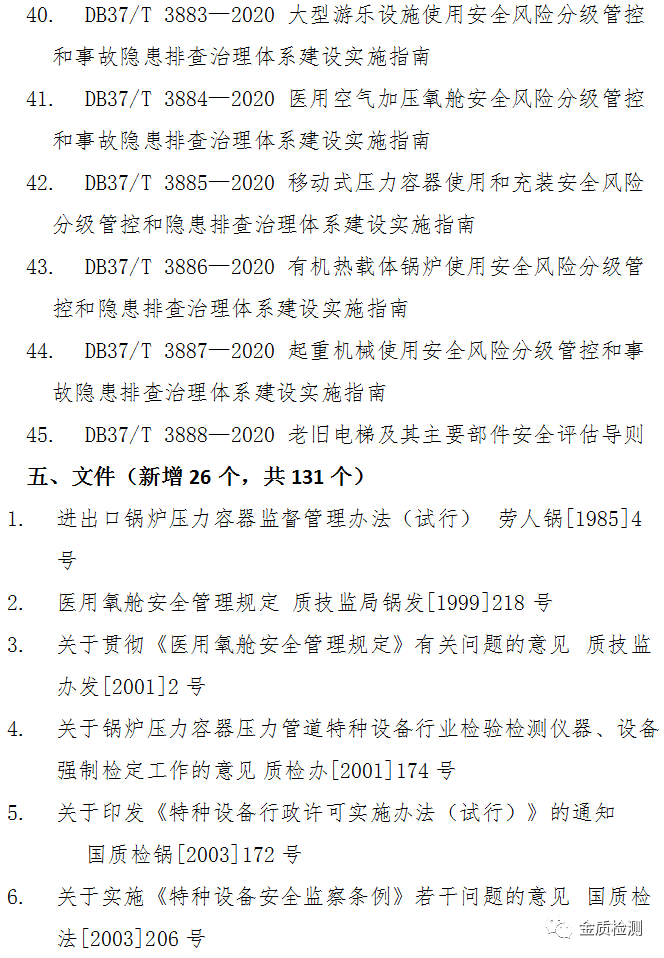
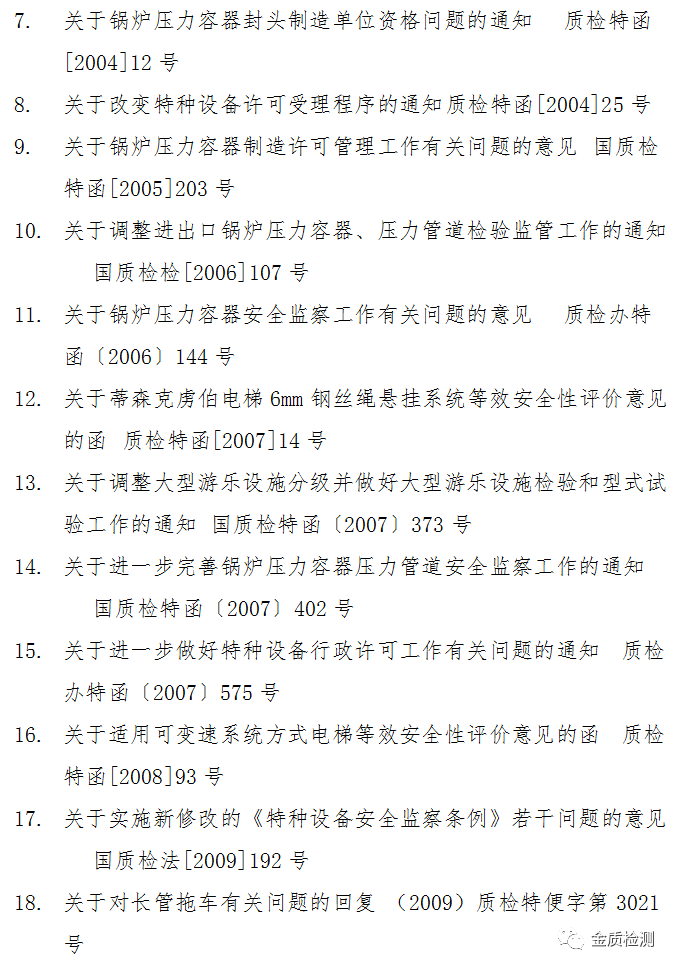
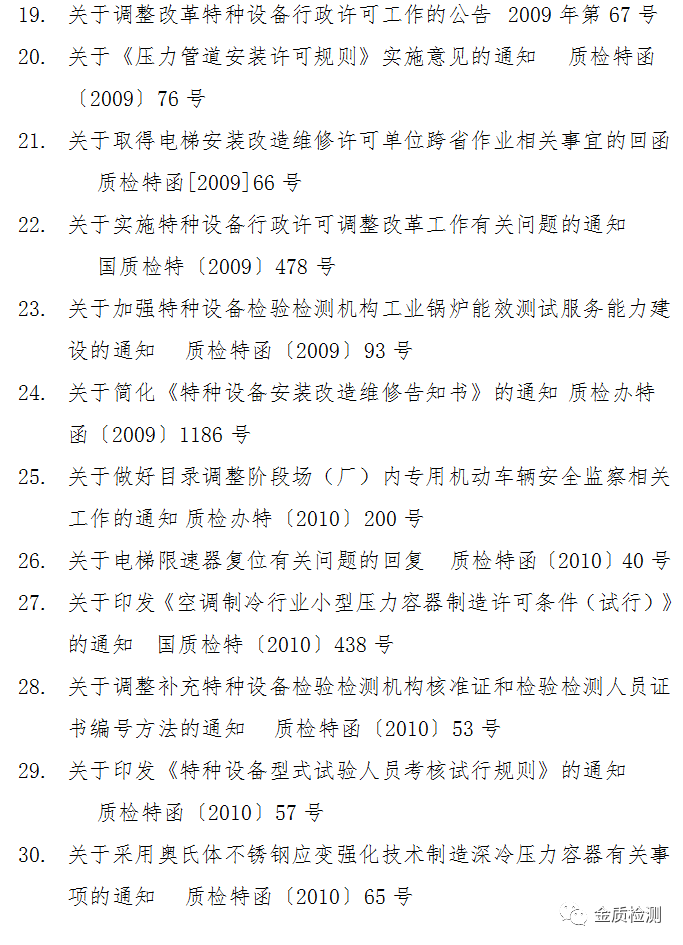
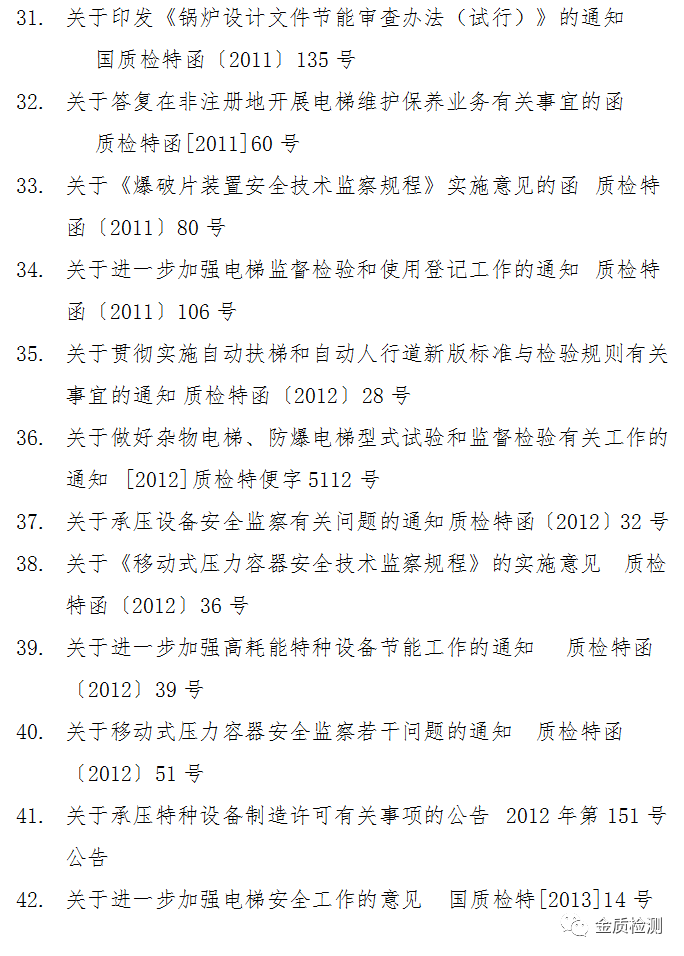
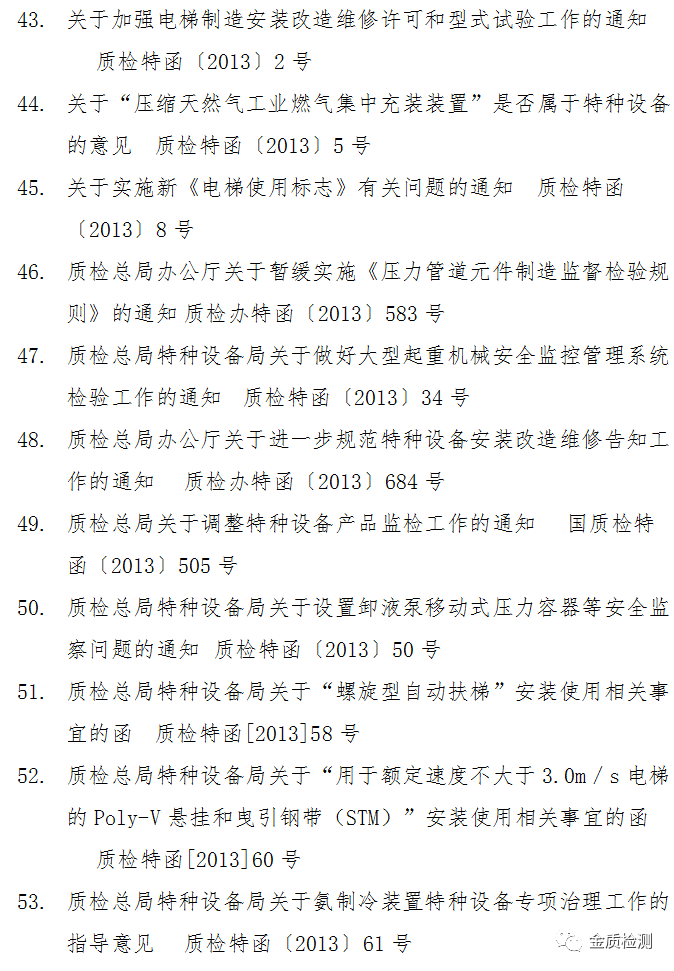
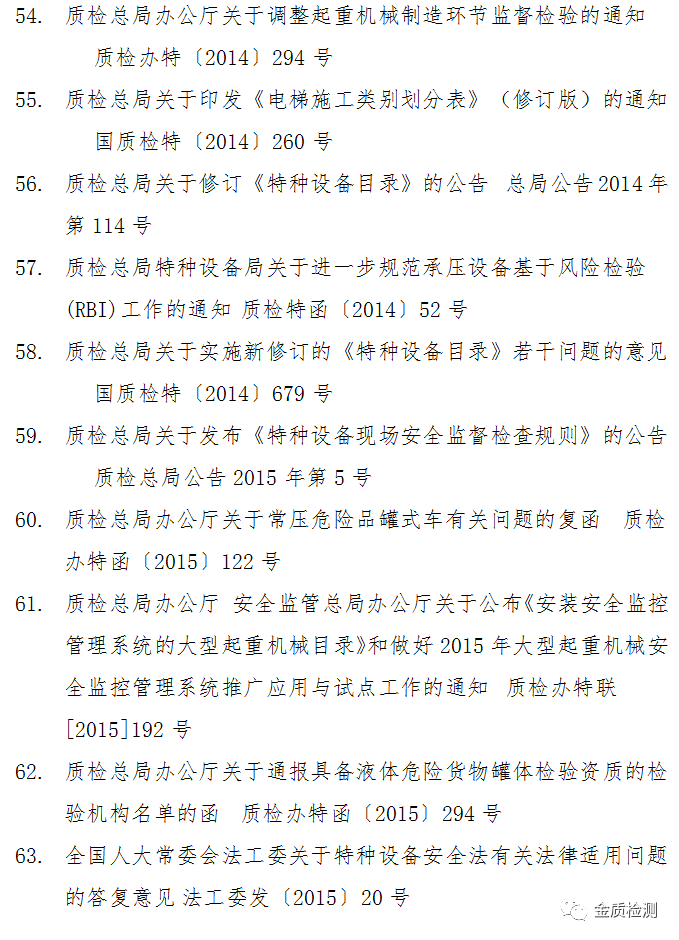
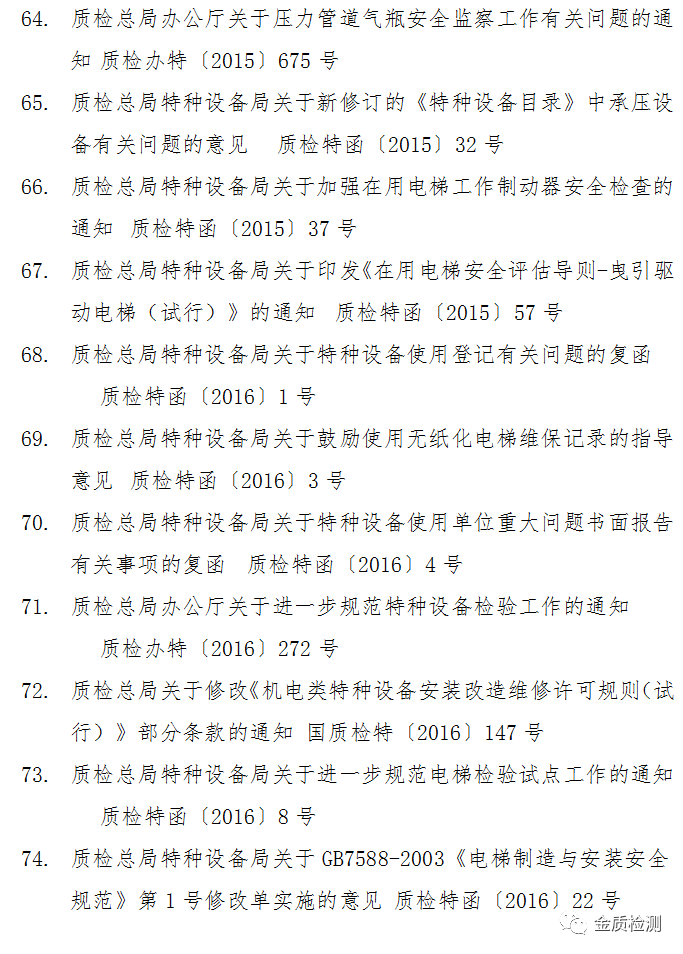
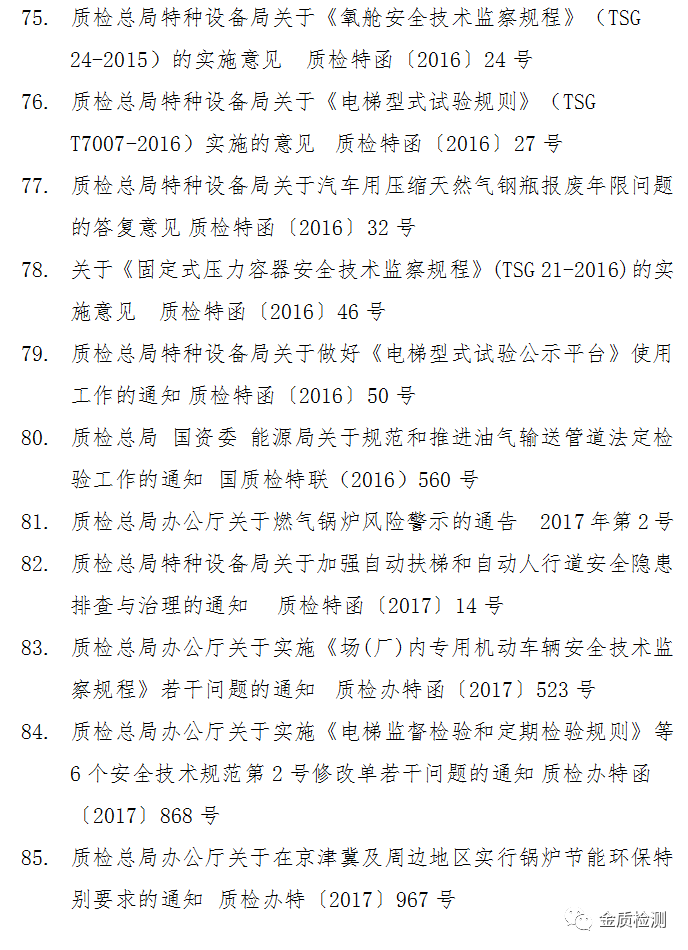
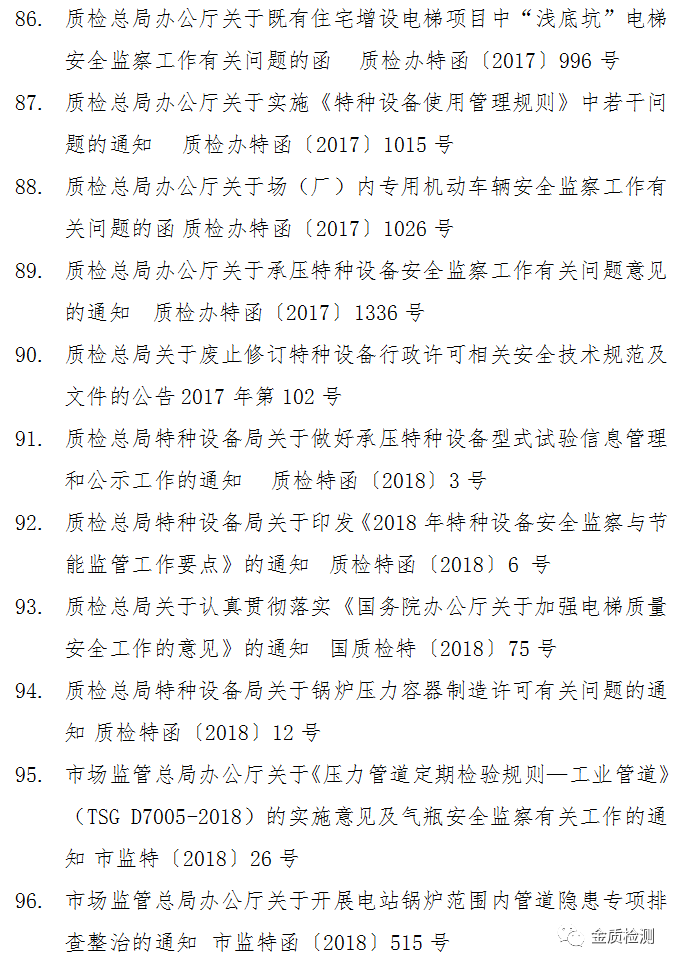
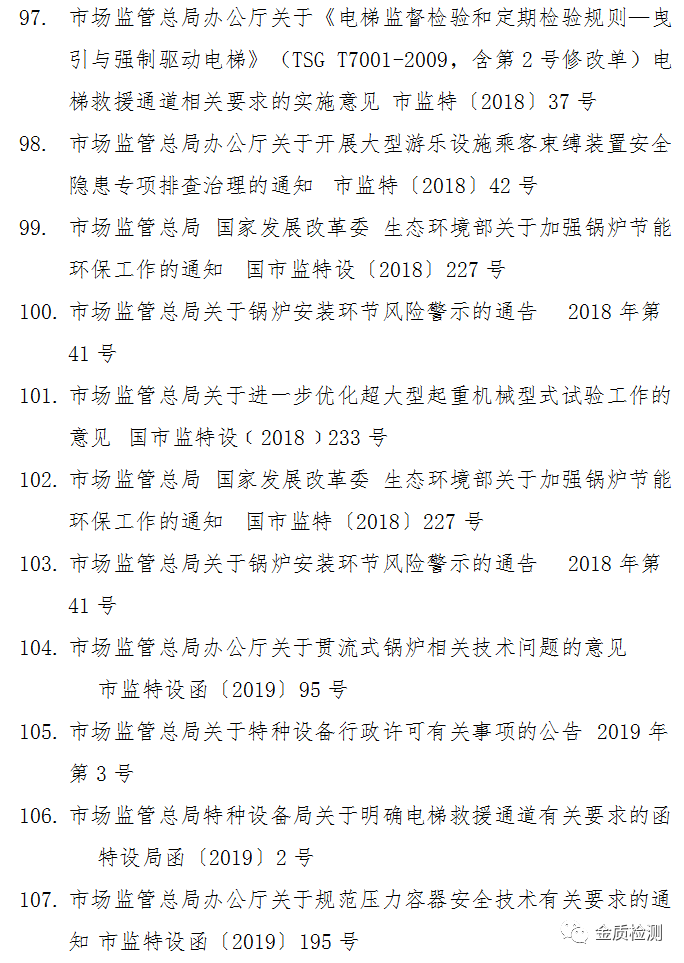
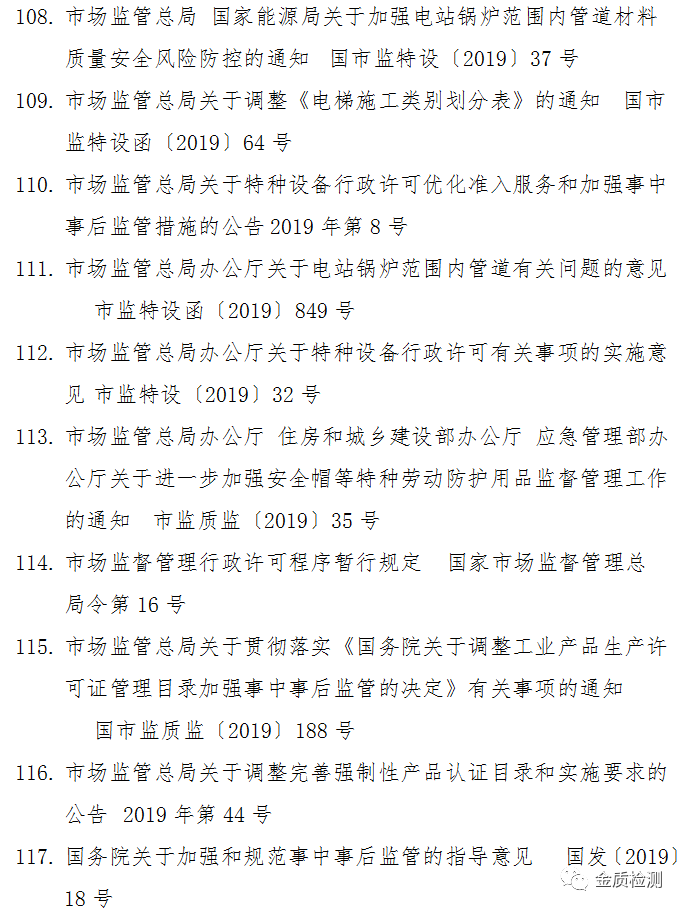
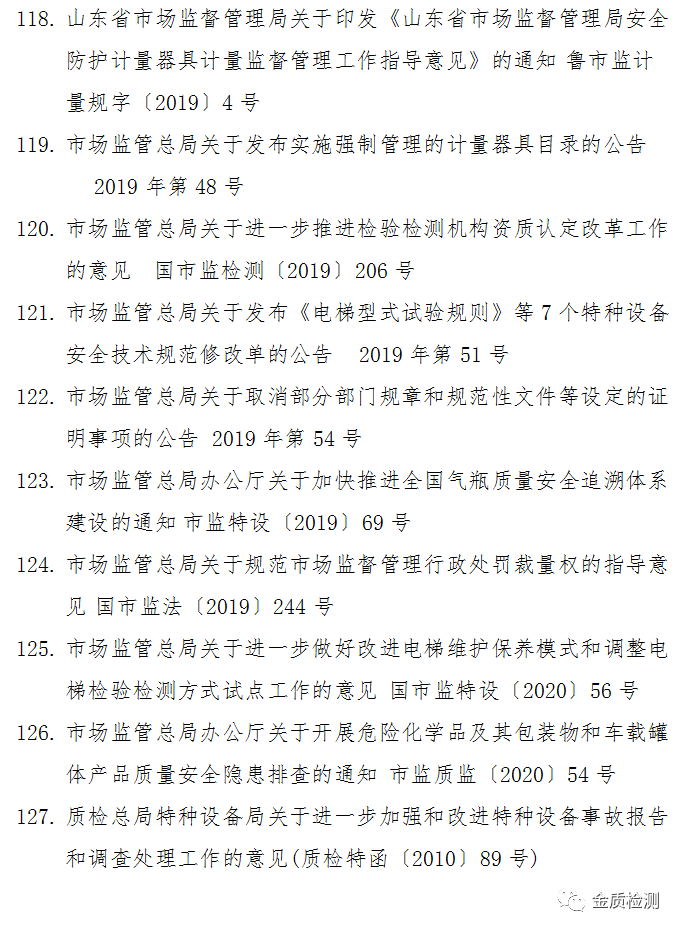
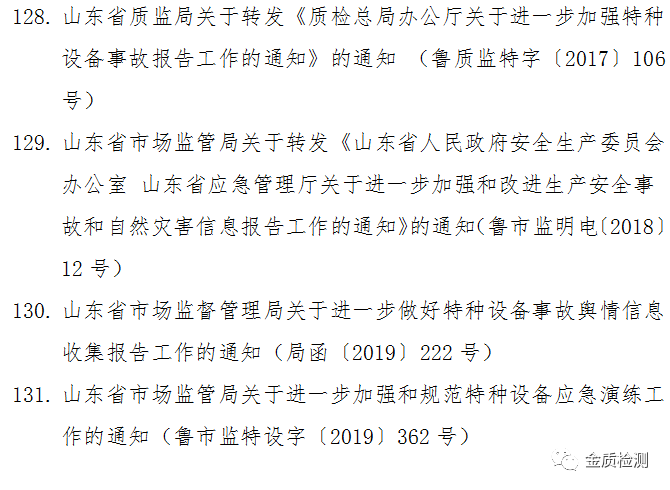
Note: There are some updates, please refer to the beginning for details, and corrections and supplements are welcome!